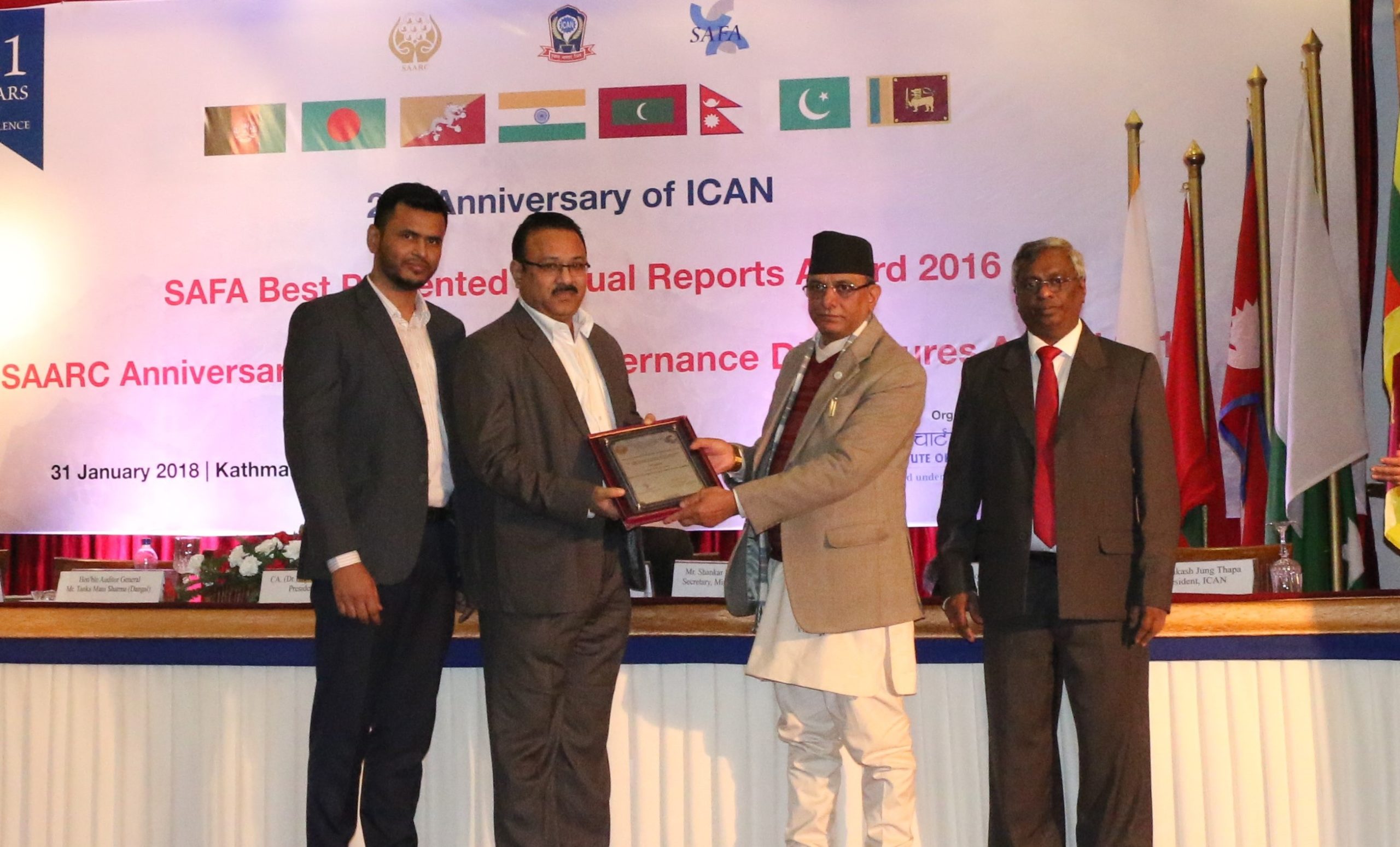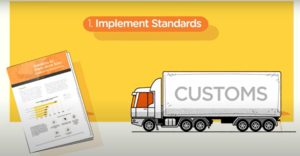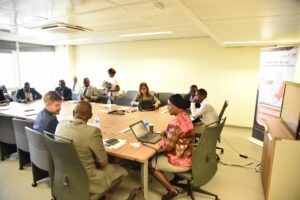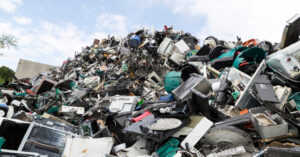Part 2: Can the Bangladesh IDCOL model be used to finance solar home systems in Africa?
In the last blog, we introduced the Infrastructure Development Company Limited (IDCOL) model and why it was successful in accelerating access to energy through solar home systems (SHS) in Bangladesh. In today’s blog we take a deeper look at the model and how it was structured.
Let us take a step back to look at consumer financing in Africa’s SHS sector, in a simple way. The cost of purchasing a solar system is usually out of reach for many potential consumers, hence the need for financing. Consumer financing for SHS has mainly taken two models. The first model is the innovative pay-as-you-go model that enables companies to extend credit to consumers. Here consumers pay a minimal deposit then make weekly or monthly payments until the solar system has been fully paid up. In the second model, SHS companies partner with financial institutions who provide credit to the consumers. The second model enables companies to concentrate on other aspects of the business. This model is receiving more attention because pay-as-you-go companies have realised integrating consumer finance into the business makes it capital intensive and complex.
However, many financial institutions do not have enough information on SHS and are reluctant to lend to these SHS companies. Commercial banks argue that the companies are small, early stage and cannot provide security. They are also not sure of the quality of products being sold. The companies are reluctant to borrow from micro-finance institutions on the other hand which may charge high interest rates to make their business viable. The IDCOL model in Bangladesh addressed these challenges.
Remember in the last blog, we mentioned that IDCOL is a non-bank financial institution that finances infrastructure and renewable energy projects. For the SHS project, IDCOL provided local currency debt to partner organisations that would in turn provide consumer financing. The criteria used to identify partner organisations was; those that would provide consumer financing at an appropriate interest rate, had rural reach, were installing good quality solar products, could provide customer service, and collect payments.
For the first two years when the SHS Program started, Grameen Shakti was the only partner organisation. Grameen Shakti was established in 1996 as a non-profit with the aim of supplying renewable energy to households at affordable rates. To achieve this, Grameen Shakti trained local technicians and field staff on renewable energy. To date, the company has 1500 offices spread across rural areas in Bangladesh. Grameen Shakti works closely with women by training them as technicians so that they can install, repair and service SHS in their communities. By 2012, the partner organisations had increased to 40.
IDCOL would receive funding from development finance institutions like World Bank and advance the same to partner organisations like Grameen Shakti as debt. Grameen Shakti would then sell SHS to consumers on credit, and provide installation, maintenance and customer service. The loan to the partner organisation was advanced at 6% interest rate over a six-year period and was refinanced at 80%. Security for the debt was based on cash flow, and the balance sheet of the partner organisation was not considered. This ensured that more partner organisations could qualify for the debt facility. At the partner organisation level, the credit to customers was at 12% interest and repayable within three years.
What brought the success that was witnessed with this IDCOL model? Well, three things. One, was the 80% re-financing that ensured partner organisations shared in the risk, albeit to a lesser extent. Secondly, the interest rate paid by households was reasonable hence many households could afford to take the credit offered by the partner organisations. Thirdly, the partner organisations had an incentive to earn from increased sales.
Summarising what we shared last time and the content here, there are a few things that we can learn from the IDCOL model:
- Governments need to be intentional about financing the uptake of SHS across the country.
- Setting up an independent institution like IDCOL is a crucial step in the process. Remember, the IDCOL equivalent must have credibility among development finance institutions and partner organisations. The institution needs strong leadership.
- The criteria for partner organisations should be able to accommodate a good number of organisations with rural reach.
- The debt facility should be designed in such a way there is an incentive for partner organisations to participate.
- Develop a suitable mechanism to address the challenges of security, which in many cases prevents local organisations from accessing the debt facility.
- The partner organisations should commit to a pre-determined interest rate so that the SHS products are affordable to consumers.
With these first steps, governments will be well on their way to increasing the number of people accessing electricity for the first time. However, it is important to keep adapting the programme to emerging realities in each country and address any roadblocks as soon as they arise.
Read more on the Bangladesh IDCOL Model: https://www.worldbank.org/en/











August 24, 2021, 09:48
Just Visit